CSA standards which is the Canadian standard for safety footwear, it states that CSA rated footwear will have sole protection and toe protection, but is nowhere mentioned that the toe protection means steel toe caps!
That is, CSA rated footwear can have any safety toe cap viz., steel toe caps, composite toe caps and alloy toe caps. But of the footwear specifically has the code “1” on the inside of the boots, it means that the protective toe cap is a steel toe cap.
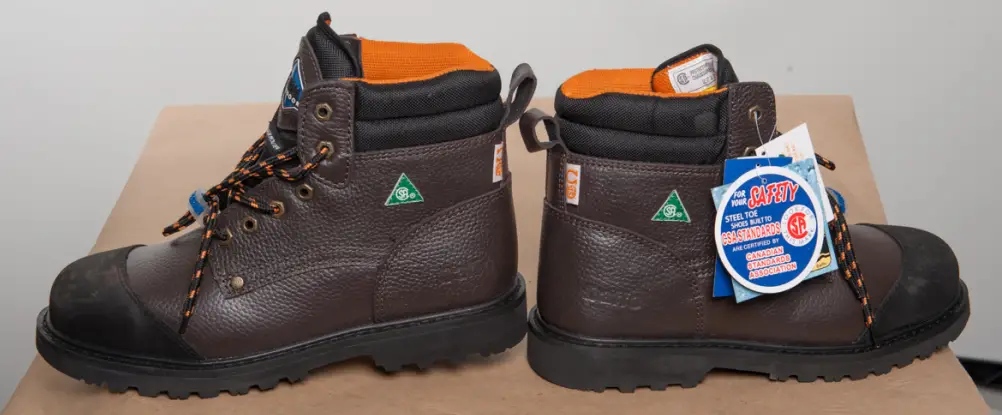
This article will help you discover the various symbols of CSA and what do they actually mean, the benefits of CSA rated boots and also where do you need to wear the CSA rated footwear!
So, let’s dive into the world of CSA rated footwear…
What does CSA mean?
CSA is the Canadian Standards Association which states guidelines for safety wears for the workers. The CSA standard which deals with Protective Footwear is the Z195-14 (R2019).
CSA is the regulatory body which sets out safety standards for all the protective wears including clothing and footwear that are to be purchased in Canada.
Regarding protective footwear, CSA rated boots are tested for sole puncture protection and safety toe protection and are assigned different labels or symbols according to the level of protection offered by the footwear.
Let us discuss the different symbols of CSA rated footwear:
-
-
- The green triangle with the letter ‘R’ enclosed in a circle:
-

This symbol is for footwear with sole puncture protection along with grade 1 protective toe cap (grade 1 indicates that the toe cap should be able to protect against nail penetration and other sharp objects).
-
-
- The yellow triangle with the letter ‘R’ enclosed in a circle:
-
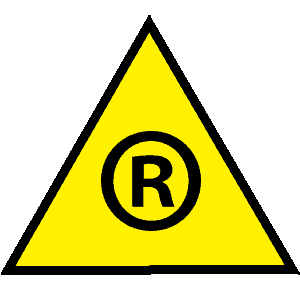
This symbol is for footwear with sole puncture protection and along with grade 2 protective toe cap (grade 2 protective toe caps will protect against light industrial works).
-
-
- The blue rectangle/square with the letter ‘R’ enclosed in a circle:
-
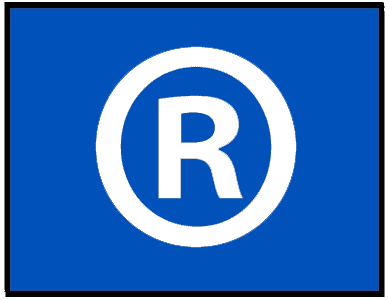
This symbol indicates that the footwear will have grade 1 toe cap protection but no puncture resistant sole.
-
-
- The grey rectangle/square with the letter ‘R’ enclosed in a circle:
-
This symbol indicates that the footwear will have grade 2 toe cap protection but no puncture resistant sole.
-
-
- The white rectangle with the letter ‘R’ enclosed in a circle and the letter omega:
-
This symbol indicates footwear that are to protect against electrical shocks.
-
-
- The yellow rectangle with the letter ‘R’ enclosed in a circle and the letter “SD”:
-
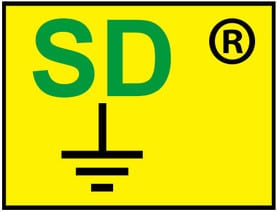
This symbol indicates footwear that will protect against static dissipative (where there is no chance of any contact with live electrical conductors).
-
-
- The yellow rectangle with the letter ‘R’ enclosed in a circle and the letters SD+:
-
This symbol indicates footwear that protect against static dissipative along with having puncture resistant sole and grade 2 toe cap protection.
-
-
- The red rectangle with the letter ‘R’ enclosed in a circle and the letter ‘C’:
-
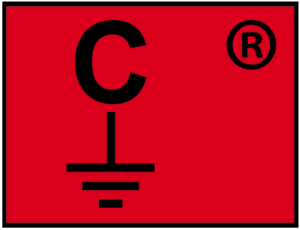
This symbol indicates footwear that are electrically conductive and protect against only low electrical changes.
-
-
- The dark grey rectangle with the letter ‘R’ enclosed in a circle and the letter ‘M’:
-
This symbol indicates footwear that offer metatarsal protection along with having protective toe caps.
-
-
- The white rectangle with a symbol of fir tree and the letter ‘R’ enclosed in a circle:
-
This symbol indicates footwear that offer protection while dealing with chain saws.
Does CSA rated mean boot will be steel toe?
Steel toe was the only known safety toe for ages.
But not anymore!
With the advancement of technology, a lot of new types of safety toe have come into being like the composite toe caps and the alloy toe caps which are made of materials like carbon fiber, Kevlar, aluminum, titanium, fiberglass, etc.
These materials are lighter in weight, but stronger than steel and offer better protection than steel toe boots in many cases.
So, safety toe necessarily means steel toe, is a myth!
CSA rated boots have either grade 1 toe cap protection or grade 2 toe cap protection, where grade 1 toe caps will protect against very sharp object penetration like nails (an impact up to 125 joules) and are generally steel toe caps and grade 2 toe caps will protect against light industrial works up to 90 joules.
There is no where mentioned in the CSA standards that either grade 1 or grade 2 toe caps have to be specifically steel toe caps. The safety toe caps shall be able to protect the toes against sharp object penetration, be it of any material.
Benefits of CSA rated boots:
CSA rated boots can offer any of the following protection from hazards:
-
-
- The boots can withstand electrical flow up to 18000 volts.
- The boots can withstand a current leakage up to 1mA for 60 seconds in the dry state.
- The safety toe caps can withstand impacts up to 125 joules.
- The boots protect against static dissipative.
- The boots provide protection to the metatarsal region of your feet.
- The boots will have soles that prevent against punctures.
-
So, if your boots are CSA rated, you can rest assured that the boots have undergone rigorous testing on any of the above-mentioned factors of protection.
Where do you need CSA rated boots?
The CSA standard for safety footwear is accepted worldwide and can be used anywhere. Though it is not a mandate by law to use CSA rated footwear, yet it’s a voluntary certification that is widely accepted in North America.
Do not mistake CSA with UL as UL is applied only to the United States, while CSA is accepted round the world.
Let’s wrap it up!
So, in a nutshell we can conclude that CSA rated boots are not necessarily steel toe boots. The grade 1 CSA rated boots will offer toe protection against 125 joules, while the grade 2 CSA rated boots will offer toe protection against 90 joules of impact.
And research shows that composite toe caps can handle more impact than steel toe boots.
So, do not worry about the material of the steel toe cap until it has the CSA rating on it, rest assured that your toes are safe within them.







